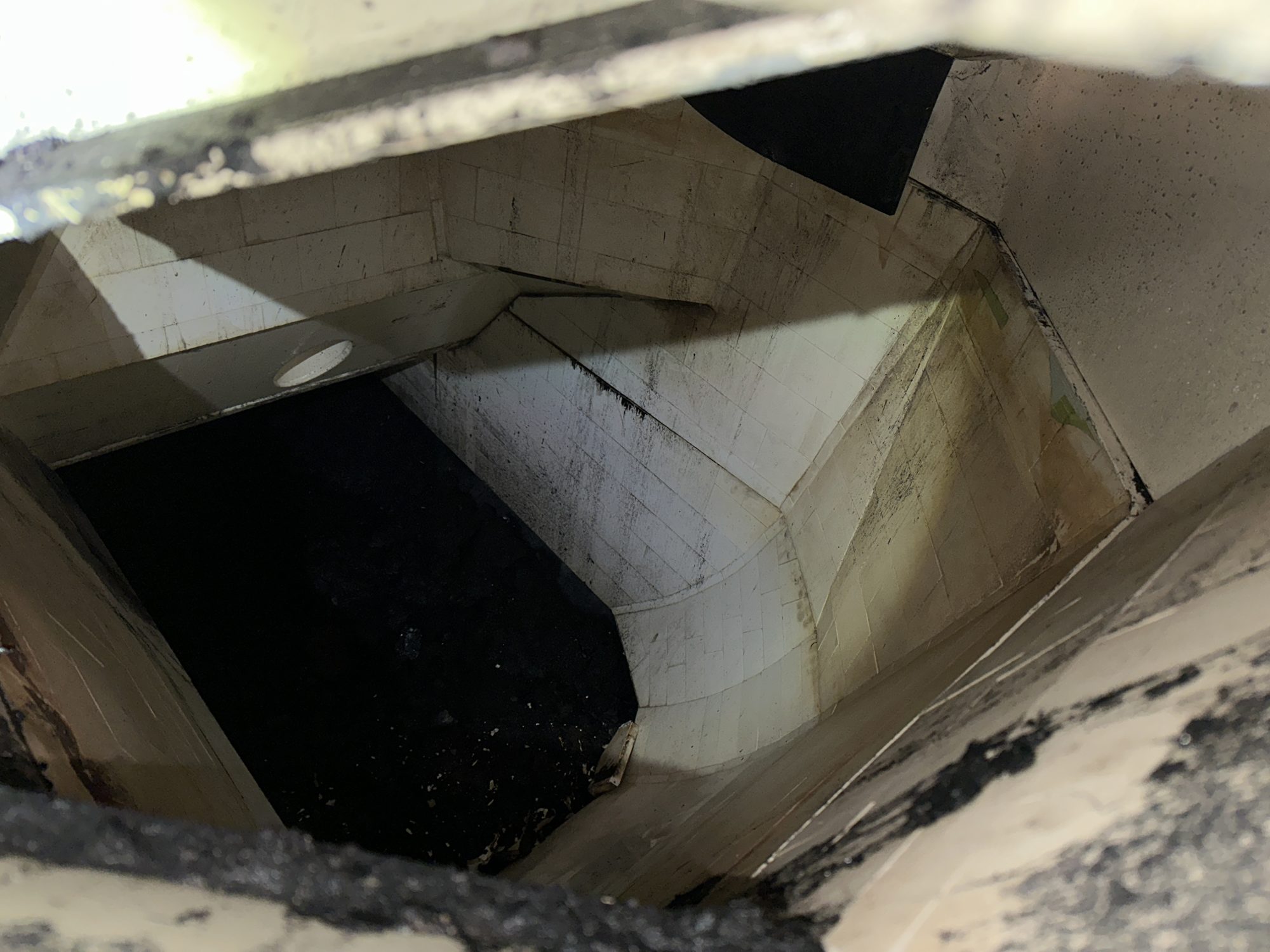An Australian coal mining operation is benefitting from a new coal chute with self-cleaning flow surfaces to radically reduce downtime from approximately 700 minutes per month to just 10.
Material flow experts, Chute Technology, were called in to an Australian coal mine where a chute had large impact angles at high speeds, causing unnecessary blockages and spillage, and contributing to downtime while these are cleared, the company said.
“These blockages amounted to 1,415 minutes of downtime over a two-month period,” Chute Technology Materials Handling Engineer, Gian Naldi, said.
“This site has highly cohesive coal, due to high clay content. Blockages were forming too easily in areas within the chute with large impact angles,” he said.
Chute Technology estimates that the 1,415 minutes of downtime would equate to approximately 48,000 t of lost production of coal, while blockages were being cleared.
“In an operation that produces more than 11 Mt per annum, reducing this lost production makes a significant difference,” Naldi said.
Chute Technology worked with the coal mining company to design a modular coal chute solution that would fit within the existing structural boundaries, to minimise disruption to operations.
“Our solution involved a continuous flow path, without free fall of material, or areas of significant impact,” Naldi said. “This created a ‘self-cleaning’ flow surface that didn’t block, even with the cohesive coal.”
With the chute installed, Chute Technology measured downtime over the next two months, and recorded approximately 20 minutes, a sizeable reduction from the 1,415 minutes in the prior two months.
“This is an outstanding result and will begin to pay for itself as throughput increases significantly without the blockages and spillage,” Naldi said.
“One of the contributing factors to the success of the chute is that installation was considered during the design phase. We worked closely with the fabricators and installers, where we all contributed to finding an optimum solution.”
For a chute handling highly sticky coal, Chute Technology considered impact angles, flow speeds and momentum throughout the materials handling process.
“Designing these characteristics in the optimum way created a self-sweeping action within the chute, meaning that buildup was minimised,” Naldi said. “We used asymmetric shapes to steer the material through the building’s existing structural elements to load the conveyors effectively, without the need for re-engineering.
“And because of the preparation and collaborative approach to design and installation, the chute was able to be fully assembled ahead of the scheduled time.”
Chute Technology utilises Discrete Element Modelling and Finite Element Analysis as part of the design process cycle to simulate real-world conditions and modify designs to achieve the best and most cost-effective outcomes.
“This customer project is an ideal example of Chute Technology’s problem-solving expertise helping with material flow issues, delivering economic benefits and increasing productivity for the customer,” Naldi said.











